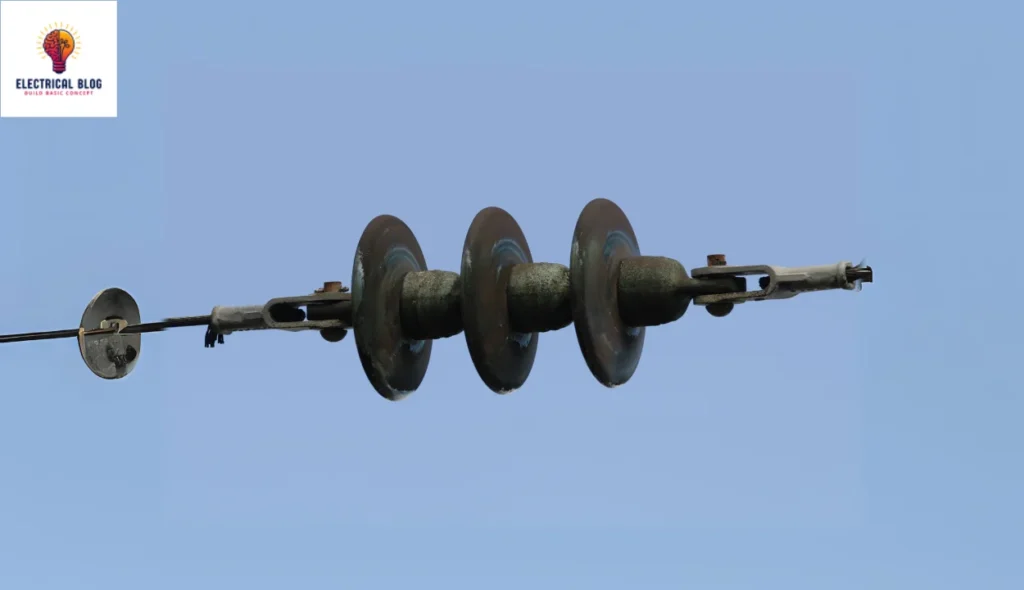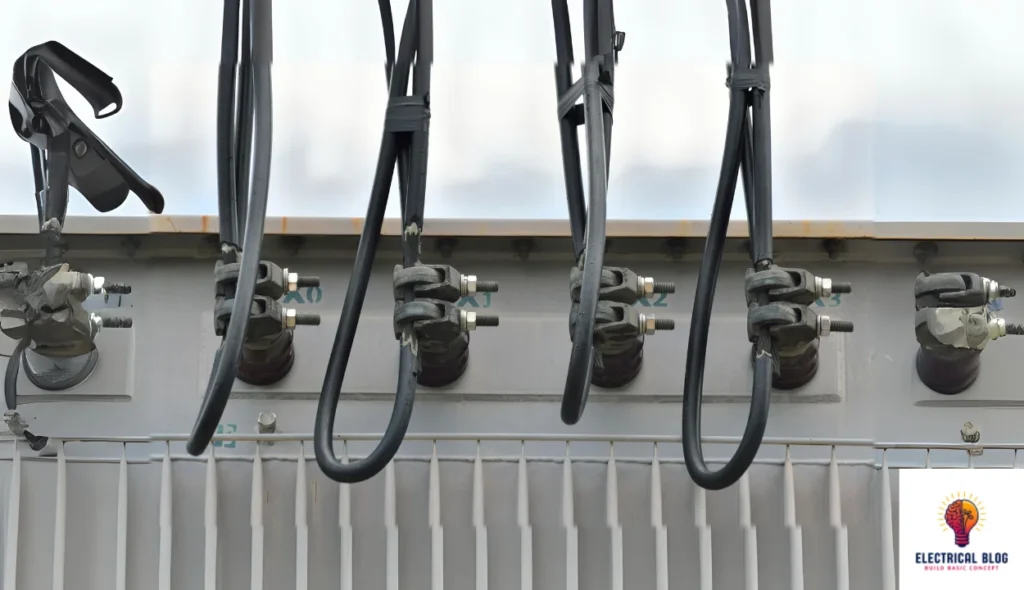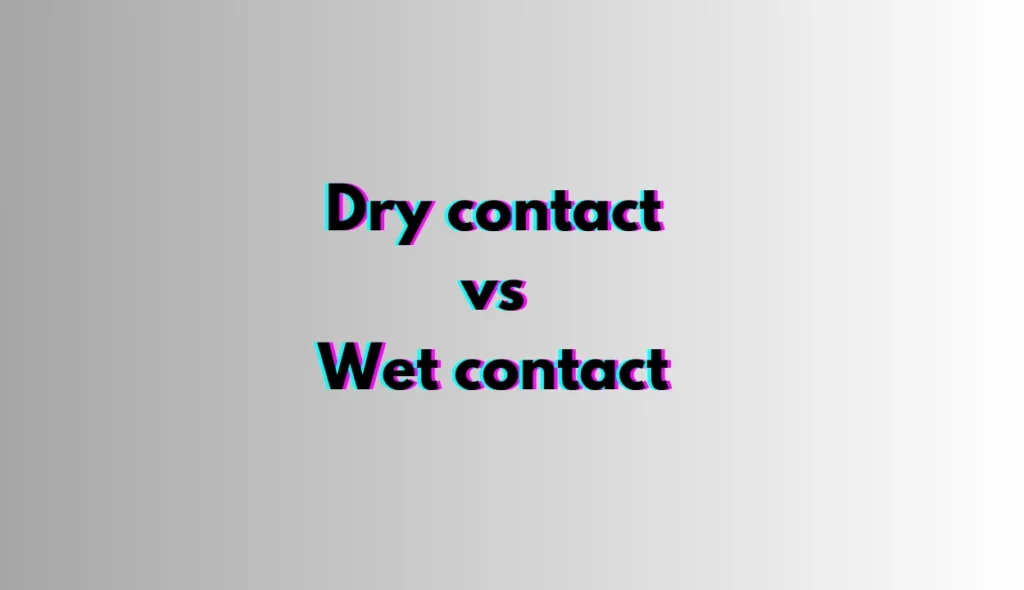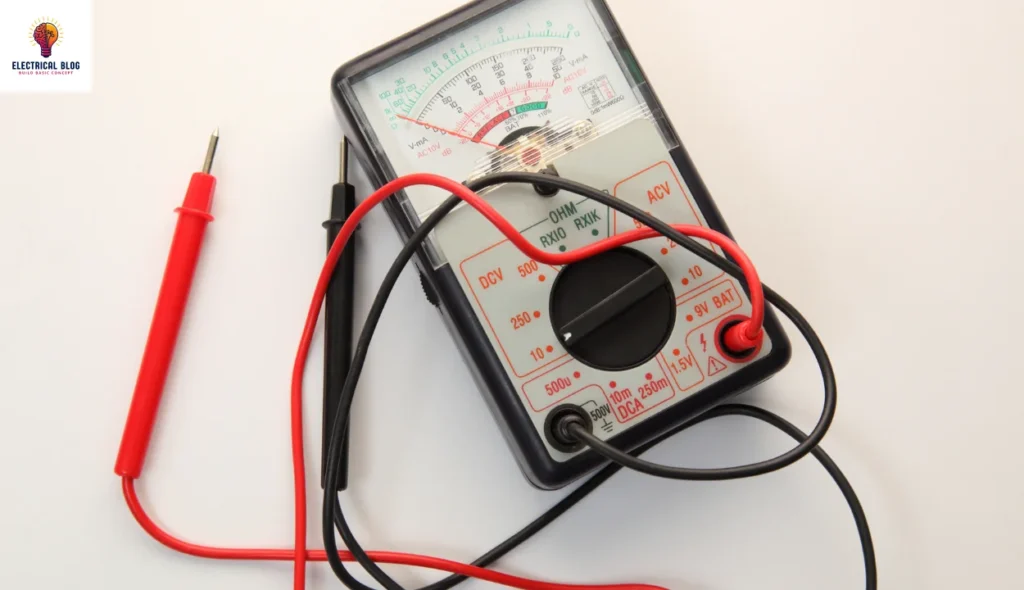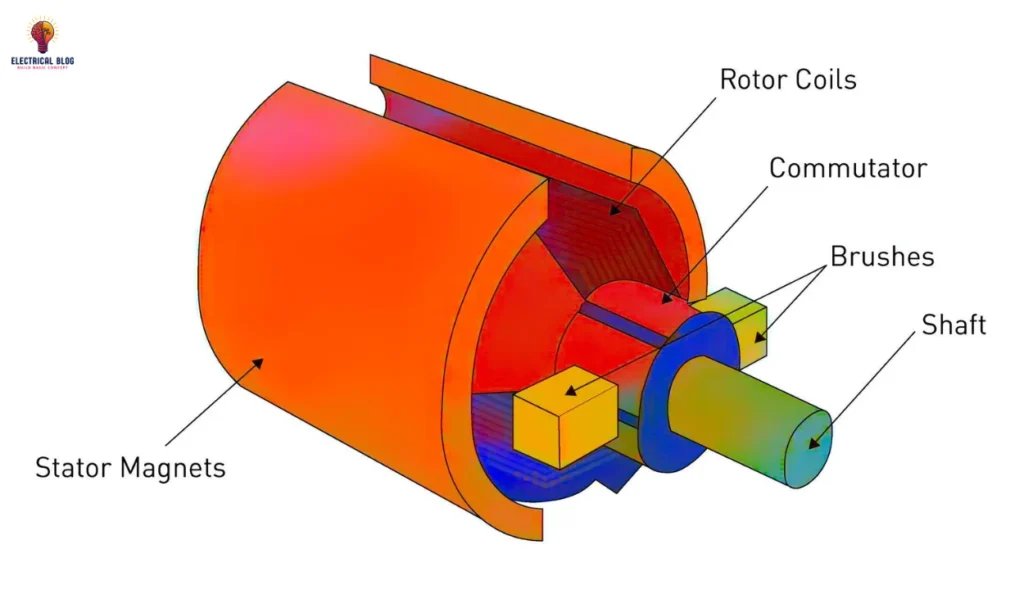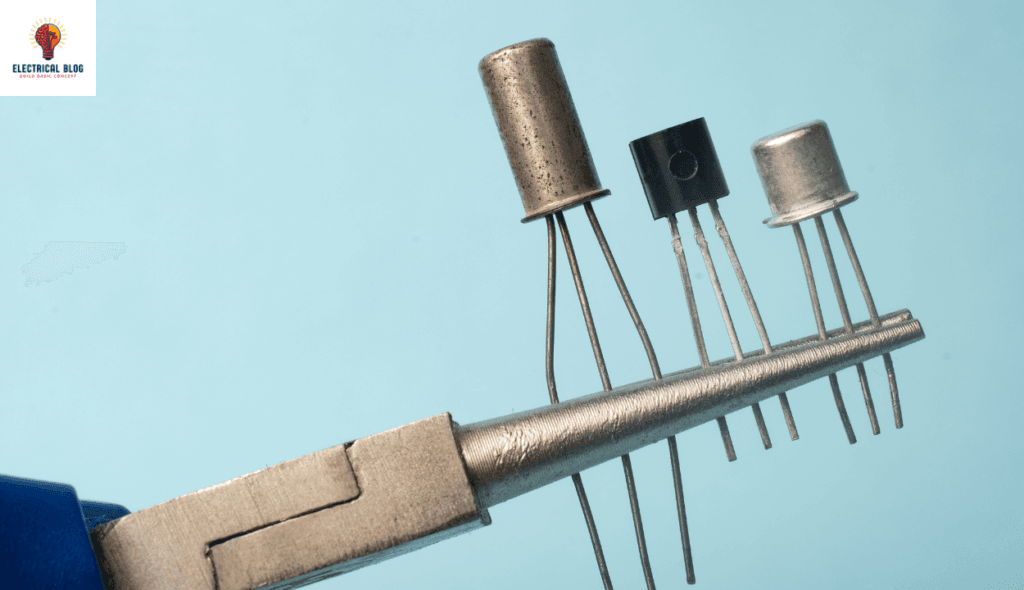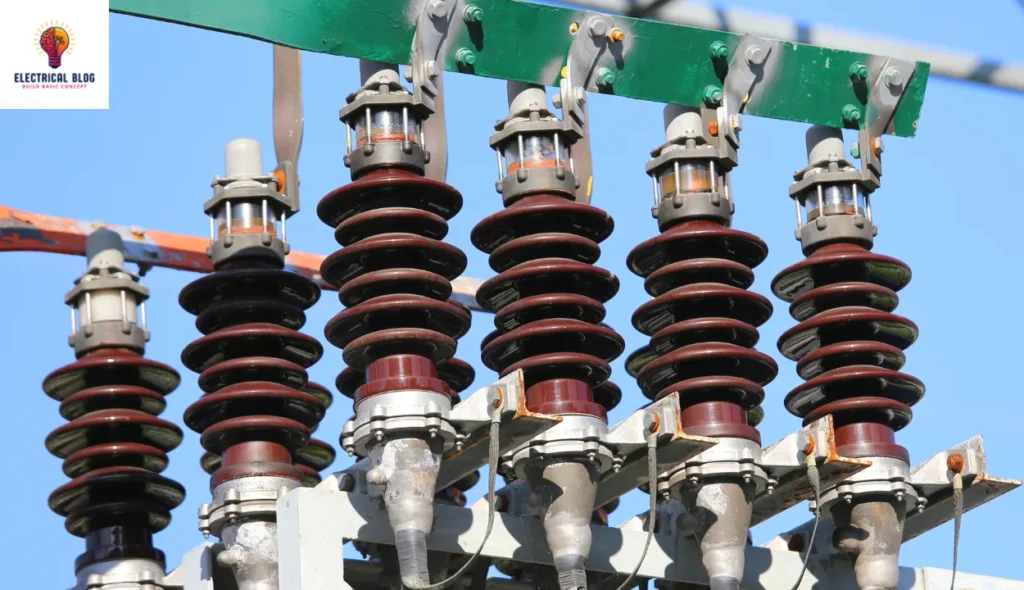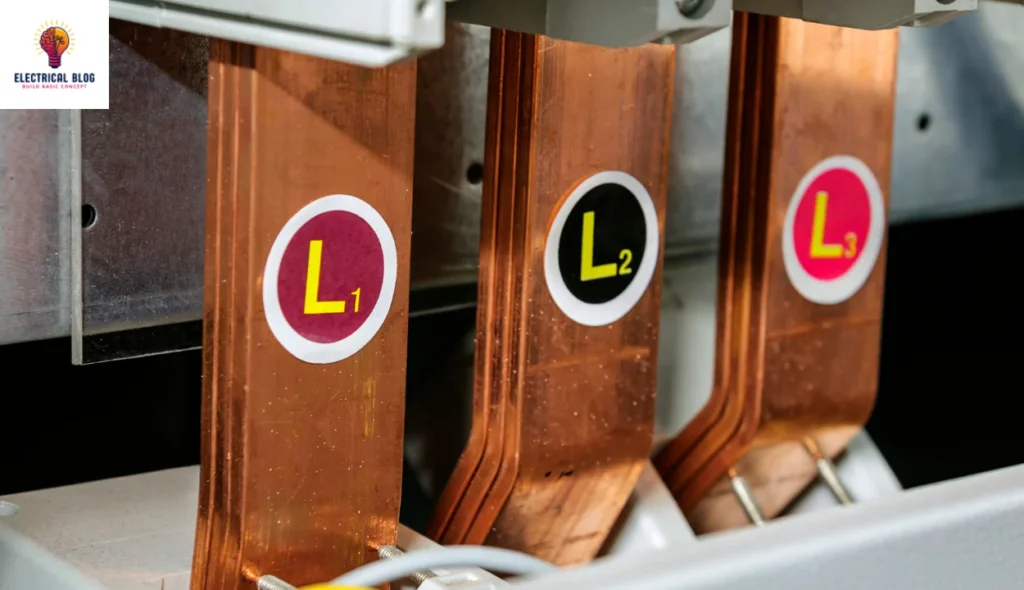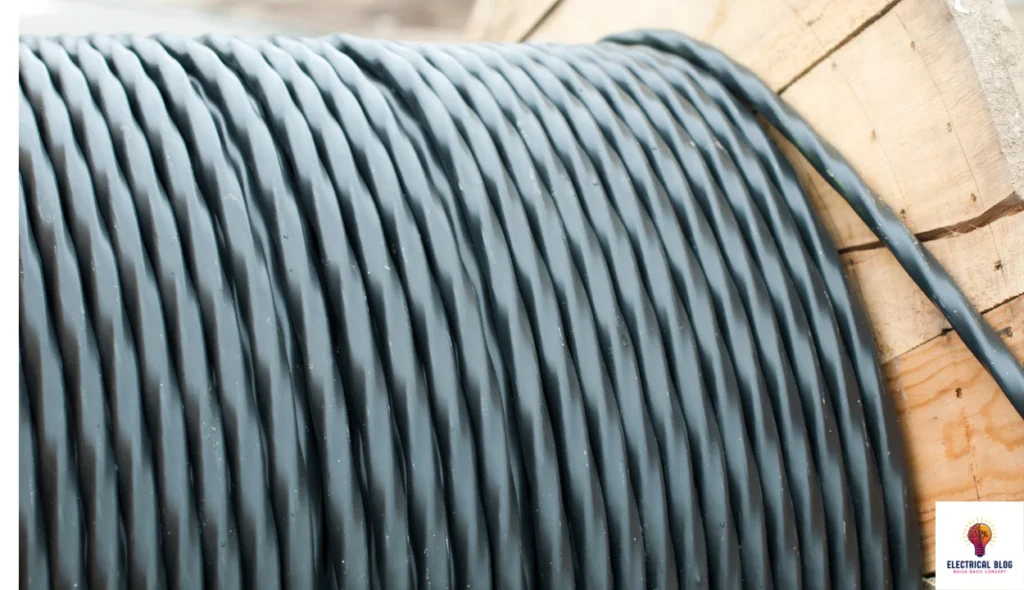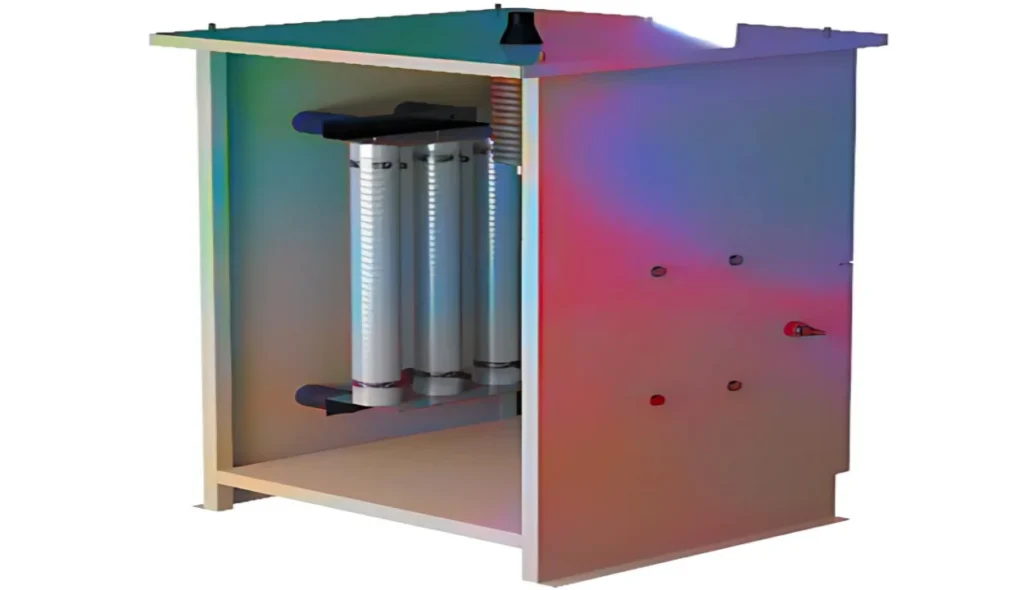A Complete Guide to Types of Insulators
When working with electrical systems, choosing the right insulator is crucial for stopping electricity from leaking into the ground. Over time, different materials like wood, mica, and plastic have been used in their design. Some of the most frequent compositions include porcelain, glass, and steatite, each offering special properties for transmission lines. Ceramics and polymer […]

